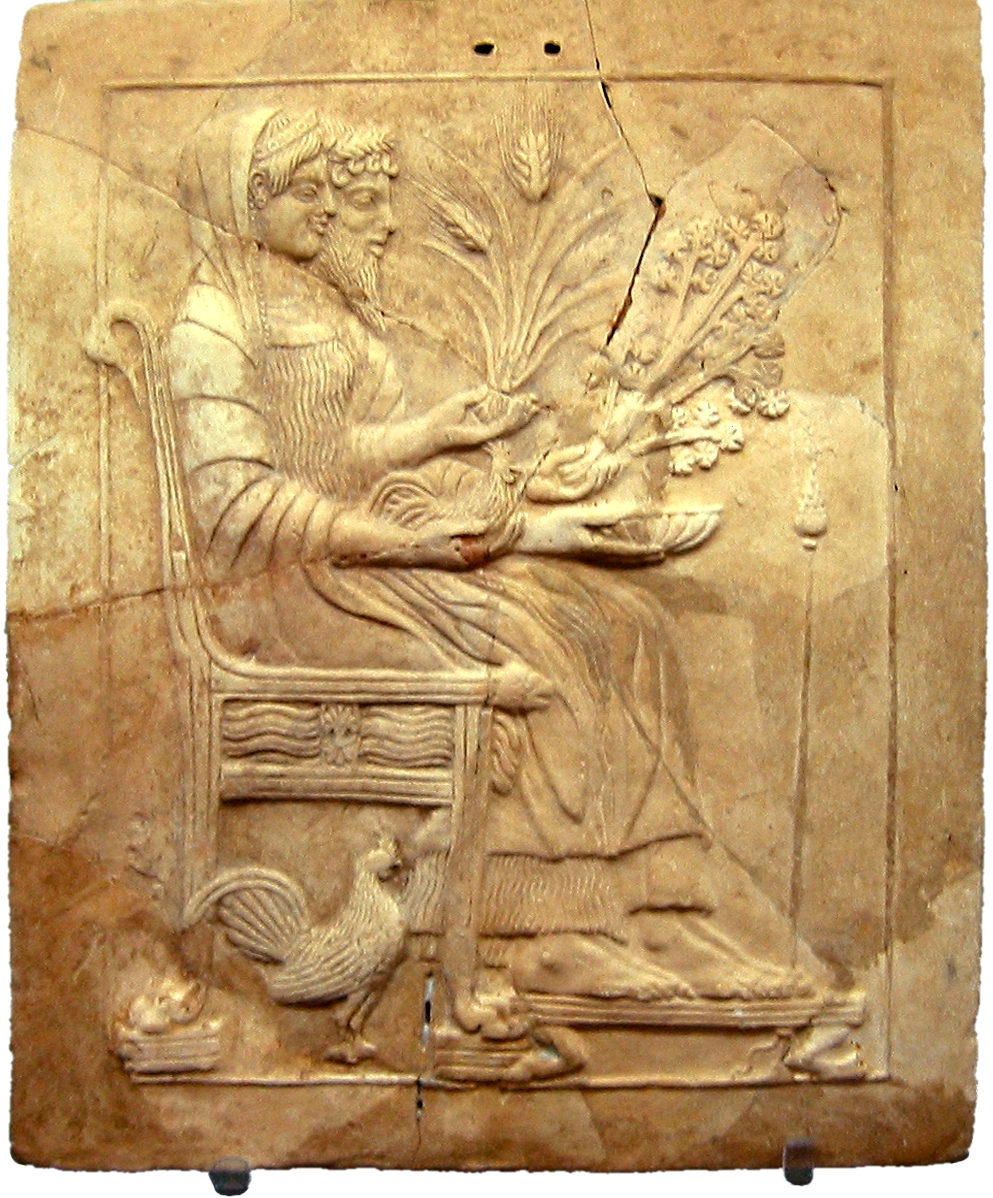Many Americans traveling to Italy, whether to explore their roots or just enjoy the scenery, are taken aback by the country’s devotion to food and the socializing that occurs around mealtimes. Take, for example, the rituals surrounding aperitivi and digestivi—that is, alcoholic beverages consumed before and after meals, respectively. Aperitivi can be thought of as similar to happy hour drinks. They are usually enjoyed as a way to unwind after the work day and stimulate digestion before the evening meal. They are sometimes accompanied by light food because dinners in usually start later in the evening than they do in the US. Digestivi are often taken along with the dessert course.
In this post, we’ll be talking about some popular aperitivi and digestivi and how to make them yourself. We’ll also speculate on possible magical applications of these beverages based on their ingredients, so you can serve up some blessings to your summer party guests!
APERITIVI
Spritz
This aperitivo can be made with either Campari or Aperol. These liqueurs have similar tastes and are both made by the same company, but Campari is stronger than Aperol: more bitter and twice as alcoholic.
Prosecco
1 shot Campari or Aperol
1 glug club soda
1 orange slice
Fill a tumblr with ice. Fill the glass 2/3 full with sparkling wine. Add the Aperol. Top with club soda, stir well, then add the orange slice.
The magic ingredient: amaro!
Campari and Aperol are both examples of amaro, a broad category including several Italian liqueurs. Amari are bitter; that’s what amaro means in Italian. And some of them are bittersweet. But they are all delicious. Bitter herbs such as those used to manufacture different amari often have trans-cultural reputations for developing psychic powers. Dandelion and wormwood are notable examples.
Campari and Aperol have the added magical bonus of being colored a vibrant red. Red is believed to be lucky in many parts of Italy. Cornicello and mano cornuto charms were traditionally made of coral, which the Greeks said was the blood of the Gorgon Medusa. Half of her blood was said to heal, and the other half was said to poison. Perhaps because of this history, these charms are still red today, even when they are made of plastic. The color is said to repeal evil, especially the mal’occhio or evil eye.
Peach Wine
Known as perzichi ’ntru vinu or pircochi ‘e vinu in Calabrese, peach wine is an old-fashioned treat throughout Southern Italy. The core concept is similar to Spanish sangria, but the use of peaches is a regional delight.
Wash and peel the peaches. Fill a pitcher half-way with wine. Cut the peaches into large, irregular chunks and add to pitcher. Refrigerate for at least one hour. Serve cold.
The magic ingredient: peaches!
Peaches were brought to Italy by the Persians. They were initially cultivated in ancient China, where they were known as the fruit of immortality. This places them in a category similar to the apples of immortality tended to by the Norse goddess Idunna, or the ambrosia consumed by the Greek gods. And, since ambrosia itself was sometimes consider wine or some other red nectar, we might think of this drink as our own glass of ambrosia.
DIGESTIVI
Limoncello
Making your own limoncello is an easy way to impress your friends at your next party. Or a bottle makes a great gift for your favorite host/hostess!
10 lemons
750 ml vodka
3 1/2 cups water
2 1/2 cups sugar
Using a potato peeler, remove the peel from the lemons in long strips. Be careful to avoid peeling off the pith—that’s the technical term for the bitter white stuff no one likes in citrus peels. Place the lemon peels, without the pith, in a large pitcher or jar. Pour the vodka over them and cover with plastic wrap. (Note: if you are using a mason jar, keep some plastic wrap under the metal lid, otherwise it will corrode.) Steep for four days at room temperature.
Make simple syrup by storing the water and sugar together in a saucepan over medium heat until the sugar dissolves. Allow it to cool completely, then add it to the vodka and lemon peels. Cover and let stand overnight at room temperature. Strain through cheesecloth or a metal strainer and discard the peels. Transfer to bottles and store in refrigerator. Serve cold and enjoy within one month of preparing.
The magic ingredient: lemons!
Everybody loves lemons! In American folk magic, they have a reputation for cleansing which probably inspired the popular association of their scent with cleaning products. Nicholas Culpeper in his enormously influential herbal places them under the planetary rulership of the Sun and claims they are an excellent remedy for poison. Other European folklore associates the lemon with love magic, perhaps because the lemon is both sweet and “bitter” (i.e. sour), like love itself: pleasure and pain in equal turn.
Theres also a famous charm involving a lemon ("Scongiurazione al Limone appuntato un Spille") in Charles Leland's Aradia, Gospel of the Witches. While the accuracy of that text is suspect, I have seen so many folks refer to it that I think it may have its own magic at this point.


